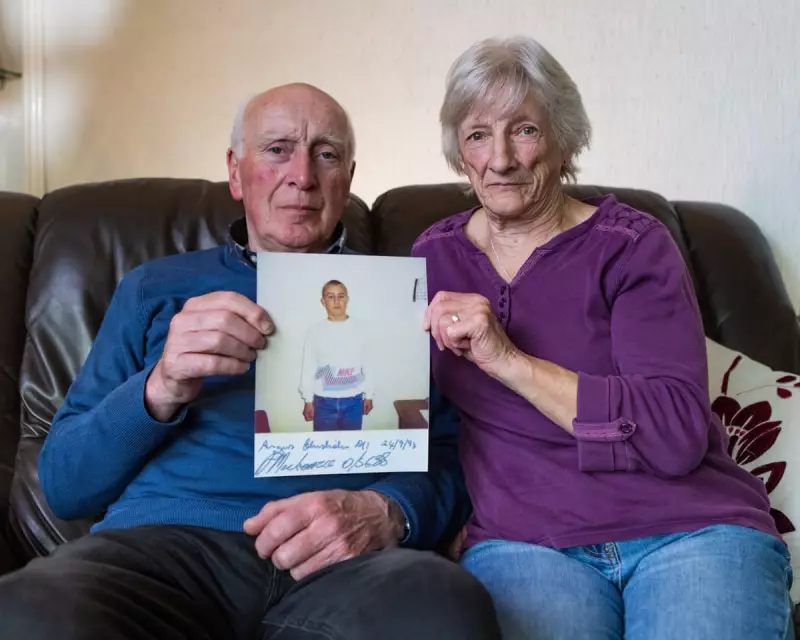
A powerful new documentary is set to revisit one of Scotland's most haunting murder cases that left the remote Orkney islands reeling in 1994. The programme promises fresh insights into a crime that shocked the tight-knit community and captured national attention.
The Tragic Events Unfold
In 1994, the peaceful Orkney islands were rocked by a brutal murder that defied understanding. The victim, whose identity remains central to the case, was discovered under circumstances that immediately suggested foul play. Local authorities launched one of the most extensive investigations in the islands' history, interviewing hundreds of residents and following numerous leads across the Scottish archipelago.
The documentary features never-before-seen footage from the original investigation, including police interviews and crime scene documentation. It also includes exclusive interviews with detectives who worked on the case, many of whom speak publicly for the first time about the challenges they faced during the inquiry.
Community Impact and Lasting Trauma
The murder had a profound effect on Orkney's close community, where violent crime was virtually unheard of. Residents struggled to comprehend how such brutality could occur in their peaceful surroundings. The sense of security that characterised island life was shattered overnight, replaced by fear and suspicion that lingered for years.
Local journalist Margaret Tait, who covered the case extensively, recalls how "the entire community was traumatised. People started locking their doors for the first time in living memory. The islands changed forever that year."
Modern Re-examination
Using contemporary forensic techniques and fresh perspectives, the documentary team re-examines key evidence from the case. Modern criminal psychologists provide new insights into the possible motives and perpetrator profile, applying understanding that wasn't available to investigators in the 1990s.
The programme also explores how the case influenced policing methods in remote Scottish communities and led to improved investigative protocols for major crimes in isolated areas. Despite the passage of time, the documentary reveals that certain aspects of the case remain officially open, leaving room for potential new developments.
Family members of the victim have contributed to the documentary, sharing their ongoing journey for closure and justice. Their emotional testimonies provide a poignant reminder of the human cost of unsolved crimes, even decades later.





